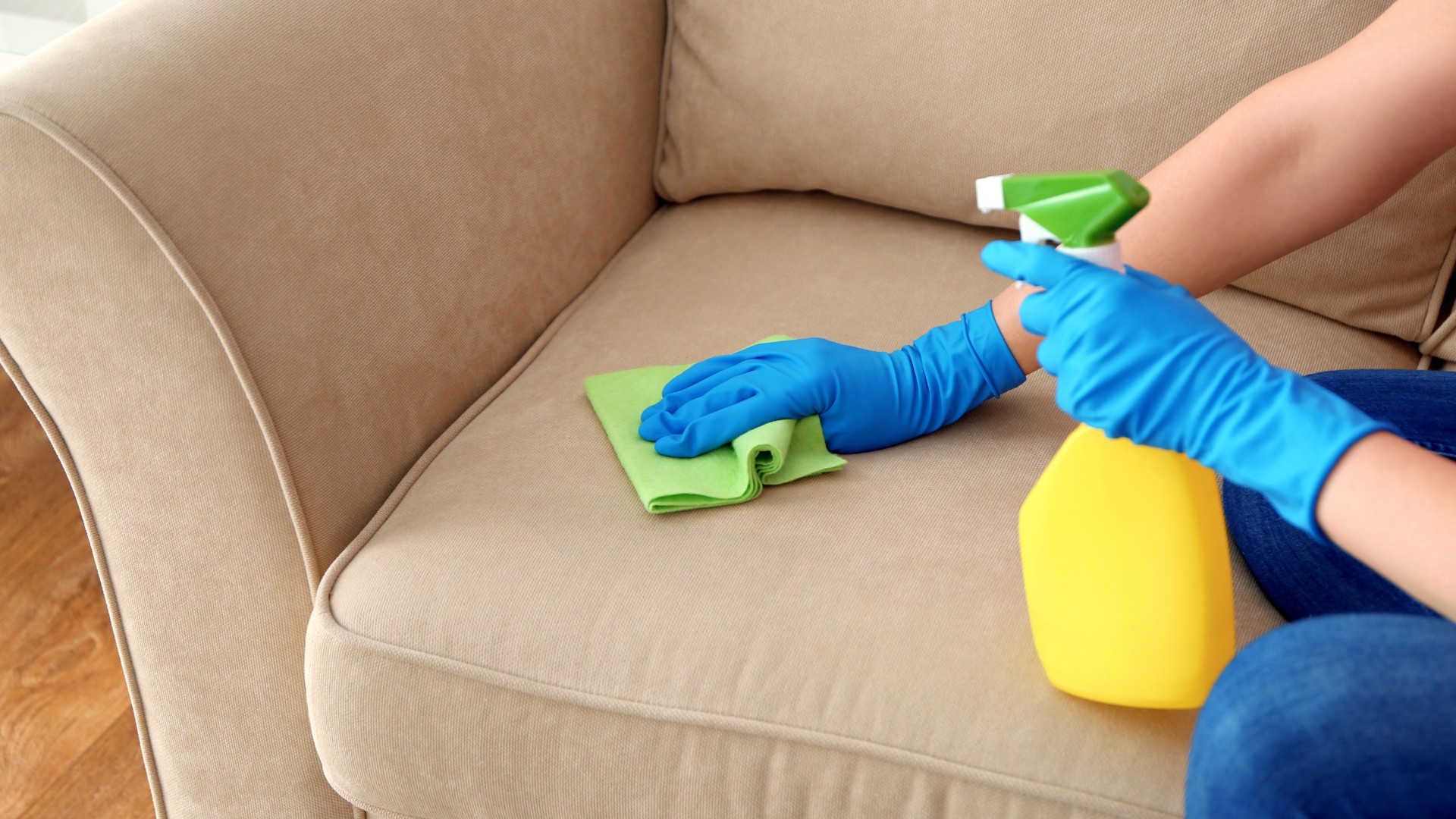

Articles
How To Get Cat Pee Smell Out Of Furniture
Modified: October 29, 2024
Learn effective methods to remove cat pee smell from furniture. Discover easy solutions to get rid of odor and restore freshness.
(Many of the links in this article redirect to a specific reviewed product. Your purchase of these products through affiliate links helps to generate commission for Storables.com, at no extra cost. Learn more)
Introduction
Have you ever experienced the excruciating frustration of finding cat pee on your beloved furniture? The pungent odor that seems to linger no matter what you do? Don’t worry, you’re not alone. Dealing with cat urine can be a challenging task, but with the right knowledge and techniques, you can effectively remove the smell and restore your furniture to its former glory.
Cats are known for their cleanliness, but there are instances when they may have accidents or mark their territory, leaving a strong and unpleasant odor behind. It’s important to tackle the issue promptly to prevent the smell from permeating your home and to avoid potential health hazards.
In this article, we will guide you through a step-by-step process of how to get rid of cat pee smell from furniture. From identifying the affected areas to using homemade solutions and commercial enzymatic cleaners, we’ll cover everything you need to know to eliminate the odor and restore freshness to your furniture.
Before we dive into the details, it’s important to note that prevention is key. It’s easier to prevent accidents than to clean up after them. Make sure your cat has access to a clean litter box at all times and address any underlying reasons that may be causing the inappropriate urination.
Now, let’s roll up our sleeves and start banishing that cat pee smell from your furniture!
Key Takeaways:
- Say goodbye to cat pee smell on furniture by identifying affected areas, absorbing excess urine, and using homemade or commercial cleaners. Prevent future accidents by providing a clean litter box and consulting a veterinarian if needed.
- Eliminate lingering odors with baking soda, vacuuming, and natural deodorizers. Prevent future accidents by providing a clean litter box, addressing underlying issues, and consulting a veterinarian if needed.
Read more: How To Get Cat Pee Smell Out Of Pillows
Understanding the Problem
Before we jump into the cleaning process, it’s essential to understand why cat urine can be so difficult to remove from furniture and the potential consequences of ignoring the issue.
Cat urine contains odorous compounds such as urea, uric acid, and ammonia. When your cat urinates on furniture, these compounds can penetrate deep into the upholstery or padding, causing the odor to linger even after the initial cleaning. Additionally, if not properly cleaned, the uric acid in cat urine can crystallize over time, making the smell more persistent and difficult to eliminate.
The smell of cat urine not only makes your furniture unpleasant to be around but also attracts your cat to continue urinating in the same spot, perpetuating the problem. Moreover, the strong odor can seep into the surrounding area, affecting the overall indoor air quality of your home.
It’s crucial to address the issue promptly and thoroughly to prevent any long-term damage to your furniture and eliminate the smell entirely. With the right techniques and products, you can successfully remove the cat pee smell and restore your furniture to its original, fresh state.
Now that we have a clear understanding of the problem, let’s move on to the first step: identifying the affected areas.
Step 1: Identifying the Affected Areas
The first step in getting rid of cat pee smell from furniture is to identify the areas that have been affected. While the smell may be evident in certain spots, it’s important to thoroughly inspect the entire piece of furniture to ensure you don’t miss any hidden urine stains.
To identify the affected areas, use your senses. First, rely on your sense of smell. Sniff around the furniture, paying attention to any strong and unpleasant urine odor. Cats have a highly developed sense of smell, so if you can detect the urine scent, it’s likely that there is a stain present.
Next, use your sense of sight. Look for any discoloration, watermarks, or stains on the furniture. Cat urine stains may appear as yellowish or brownish marks, depending on the fabric or material of your furniture. Remember to check all surfaces, including cushions, upholstery, and even the frame of the furniture.
If the cat urine has dried or is older, it may be more challenging to spot visually. In such cases, you can use a blacklight, also known as a UV flashlight, to help locate hidden urine stains. When the blacklight illuminates the affected area, the urine stains will emit a fluorescent glow, making them easier to identify.
Once you have located the affected areas, mark them using a piece of tape or chalk. This will ensure that you can easily focus your cleaning efforts on those specific spots.
Now that you’ve identified the impacted areas, it’s time to move on to step 2: absorbing excess urine.
Step 2: Absorbing Excess Urine
After identifying the affected areas, the next step in getting rid of cat pee smell from furniture is to absorb any excess urine. The goal is to remove as much moisture as possible before moving on to the cleaning process.
Start by using disposable gloves to protect your hands and prevent any cross-contamination. If the urine stain is still wet, grab a few paper towels or absorbent cloths and gently press them onto the stain. Apply enough pressure to absorb the urine without rubbing or pushing it deeper into the furniture.
For dried urine stains, slightly dampen the area with water to rehydrate the urine before using the same blotting technique. Avoid using excessive water, as it may lead to further spreading of the urine or damage to the furniture.
If the urine has penetrated deeply into the upholstery or padding, more advanced absorption methods might be necessary. One option is using an enzymatic cleaner specifically designed to break down and eliminate the uric acid crystals in cat urine. These cleaners contain beneficial enzymes that target the odor-causing compounds, facilitating the absorption process.
Apply the enzymatic cleaner according to the product instructions, ensuring that you thoroughly saturate the affected area. Allow the cleaner to sit for the recommended amount of time to ensure maximum effectiveness. Once the urine has been successfully absorbed, use a clean and dry cloth to blot any remaining moisture.
It’s important to note that absorption alone may not completely remove the cat pee smell. The next steps involve deep cleaning and deodorizing to eliminate any lingering odors. However, absorbing excess urine is an essential preliminary step to prevent further spread of the odor and prepare the furniture for the cleaning process.
Now that you’ve absorbed the excess urine, it’s time to move on to step 3: cleaning with homemade solutions.
Step 3: Cleaning with Homemade Solutions
When it comes to removing cat pee smell from furniture, homemade cleaning solutions can be effective and budget-friendly alternatives to commercial products. These solutions often utilize common household ingredients that can help break down the odor-causing compounds in cat urine.
Before using any cleaning solution on your furniture, it’s important to perform a spot test in an inconspicuous area to ensure that the solution doesn’t cause any discoloration or damage. Once you’ve confirmed that the solution is safe to use, you can proceed with the following homemade cleaning methods:
- Vinegar and Water Solution: Mix equal parts of white vinegar and water in a spray bottle. Spray the solution onto the affected area and let it sit for a few minutes. Blot the area with a clean cloth to absorb the solution, then rinse with water and blot again to remove any vinegar residue. Vinegar is known for its odor-neutralizing properties and can help eliminate the smell of cat urine.
- Baking Soda and Hydrogen Peroxide Paste: Create a paste by mixing baking soda with hydrogen peroxide until you achieve a thick consistency. Apply the paste onto the urine stain and gently rub it into the fabric. Allow the paste to dry completely, then vacuum it off. Baking soda is excellent for absorbing odors, while hydrogen peroxide helps break down the urine compounds.
- Lemon Juice and Water Solution: Mix freshly squeezed lemon juice with equal parts of water in a spray bottle. Lemon juice has natural deodorizing properties and can help eliminate the smell of cat urine. Spray the solution onto the affected area and let it sit for a few minutes before blotting it dry with a clean cloth.
After applying the homemade solution and blotting up any excess moisture, allow the furniture to air dry completely. It’s essential to remove all traces of the cleaning solution to prevent any potential damage or staining.
While homemade solutions can be effective, they may not completely eliminate deep-seated urine stains or persistent odors. In such cases, it may be necessary to use commercial enzymatic cleaners, which we’ll explore in the next step.
Now that you’ve cleaned the furniture using homemade solutions, it’s time to move on to step 4: using commercial enzymatic cleaners.
Mix equal parts of white vinegar and water in a spray bottle and thoroughly spray the affected area. Let it sit for 5-10 minutes, then blot with a clean cloth. Repeat as needed. This will help neutralize the odor.
Read more: How To Get Cat Pee Smell Out Of The Basement
Step 4: Using Commercial Enzymatic Cleaners
In some cases, cat urine stains and the associated odor may require the use of specially-formulated commercial enzymatic cleaners. These cleaners contain enzymes that break down the urine molecules and eliminate the odor at its source.
When choosing an enzymatic cleaner, opt for one that is specifically designed for removing pet urine stains and odors. Follow the instructions provided by the manufacturer for best results. The general steps for using commercial enzymatic cleaners on furniture are as follows:
- Test on a Small Area: Before applying the cleaner onto the entire affected area, test it on a small, inconspicuous spot of the furniture to ensure that it doesn’t cause any discoloration or damage.
- Apply the Cleaner: Thoroughly saturate the affected area with the enzymatic cleaner, ensuring that it penetrates the upholstery or padding where the urine may have seeped into.
- Allow Soaking: Let the enzymatic cleaner sit on the furniture for the recommended amount of time. This allows the enzymes to break down the urine compounds and eliminate the odor-causing bacteria.
- Blot and Dry: After the soaking time, blot the area with a clean cloth or absorbent paper towels to remove any excess moisture and cleaner residue. Repeat this process until the area is no longer damp.
It’s important to note that while enzymatic cleaners are highly effective, they may not completely remove stubborn or deeply entrenched urine stains. In such cases, professional cleaning services may be required for more extensive treatments.
After using the enzymatic cleaner, allow the furniture to air dry completely. Ensure that the area is well-ventilated to expedite the drying process and to prevent mold or mildew growth.
Now that you’ve used a commercial enzymatic cleaner, it’s time to move on to step 5: removing lingering odor.
Step 5: Removing Lingering Odor
Even after cleaning and treating the cat urine stains, there may still be lingering odors in your furniture. To completely eliminate any remaining smell, follow these steps:
- Baking Soda: Sprinkle a generous amount of baking soda over the affected area. Baking soda is a natural deodorizer that can help absorb and neutralize odors. Gently work the baking soda into the fabric using a soft brush or your fingers. Let it sit for several hours or overnight.
- Vacuum: After the baking soda has had time to work its magic, vacuum up the powder using a brush attachment. Make sure to thoroughly vacuum the entire area to remove any trapped particles and odors.
- Charcoal or Coffee Grounds: For stubborn odors, you can also try placing a bowl of activated charcoal or fresh coffee grounds near the furniture. These substances can help absorb and mask the remaining smell.
By using these deodorizing methods, you can effectively eliminate any lingering odors and restore the freshness of your furniture.
Remember, proper ventilation is essential during this process. Open windows or use fans to promote air circulation and remove any trapped odors.
Now that you’ve removed the lingering odor, it’s time to move on to step 6: preventing future accidents.
Step 6: Preventing Future Accidents
After all the hard work of removing the cat pee smell from your furniture, it’s important to take preventive measures to avoid future accidents. Here are some steps you can take to deter your cat from urinating on your furniture:
- Provide an Adequate Litter Box: Make sure to provide a clean and accessible litter box for your cat. Cats are clean animals by nature, and they prefer a litter box that is large enough and filled with clean litter. Scoop the litter box regularly and replace the litter as needed.
- Location, Location, Location: Place the litter box in a quiet and easily accessible area of your home. Cats prefer privacy when using the litter box, so ensure it’s located away from high-traffic areas or noisy appliances.
- Clean Urine Accidents Promptly: If your cat does have an accident, clean it up promptly. The longer the urine sits on the furniture, the more difficult it is to remove the smell. Use the steps outlined in this article to tackle any future incidents quickly and effectively.
- Consider Anti-Scratch Products: Cats may sometimes urinate on furniture due to stress or marking their territory. To prevent scratching and marking, consider using anti-scratch sprays or providing your cat with appropriate scratching posts or toys.
- Consult with a Veterinarian: If your cat’s inappropriate urination persists despite taking preventive measures, consult with a veterinarian. There may be an underlying medical condition or behavioral issue that needs to be addressed.
By implementing these preventive measures, you can create an environment that discourages your cat from urinating on your furniture. This will help maintain a clean and odor-free living space.
Now that you’ve learned how to prevent future accidents, it’s time to conclude our journey in banishing that cat pee smell from your furniture.
Conclusion
Cat pee smell on furniture can be a frustrating problem, but with the right strategies and techniques, you can successfully eliminate the odor and restore your furniture to its original freshness. By following the step-by-step process outlined in this article, you can effectively get rid of the cat pee smell and prevent future accidents.
Remember to start by identifying the affected areas and absorbing any excess urine. From there, you can use homemade solutions or commercial enzymatic cleaners to thoroughly clean and deodorize the furniture. Getting rid of lingering odors can be achieved with the help of baking soda, vacuuming, and using natural deodorizers like charcoal or coffee grounds.
Prevention is key to maintaining a cat urine-free environment. Ensure your cat has access to a clean litter box and address any underlying issues that may contribute to inappropriate urination. By taking preventive measures, you can minimize the chances of future accidents and the hassle of eliminating the cat pee smell from your furniture.
Remember, patience and persistence are key when dealing with cat urine odors. It may take multiple attempts to completely eliminate the smell, especially if the urine has soaked into the upholstery or padding. However, with time and effort, you can achieve success and enjoy a fresh and odor-free home once again.
So, don’t despair if you find cat pee on your furniture. Armed with the knowledge and techniques shared in this article, you can tackle the problem head-on and restore your furniture to its former glory. Say goodbye to the cat pee smell and hello to a fresh and inviting living space for both you and your furry friend.
Frequently Asked Questions about How To Get Cat Pee Smell Out Of Furniture
Was this page helpful?
At Storables.com, we guarantee accurate and reliable information. Our content, validated by Expert Board Contributors, is crafted following stringent Editorial Policies. We're committed to providing you with well-researched, expert-backed insights for all your informational needs.
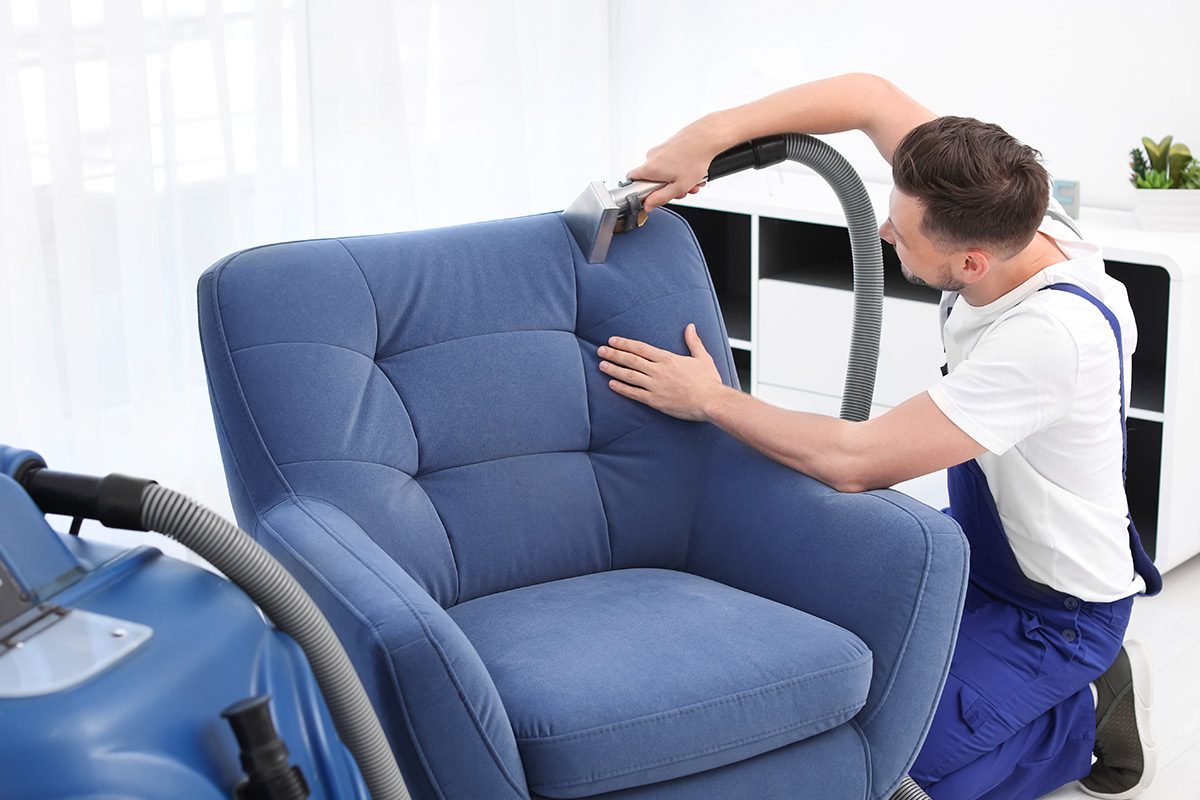
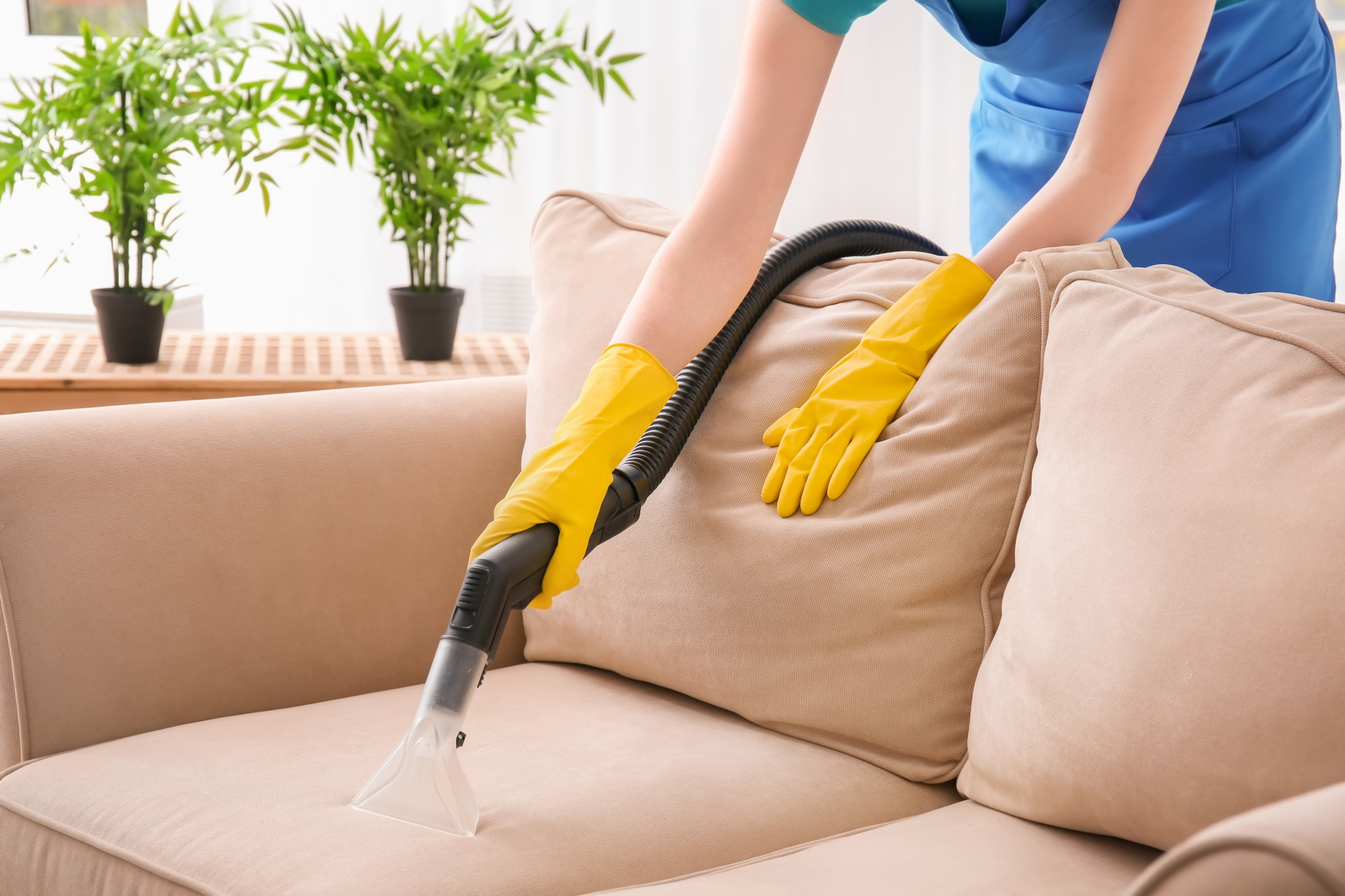
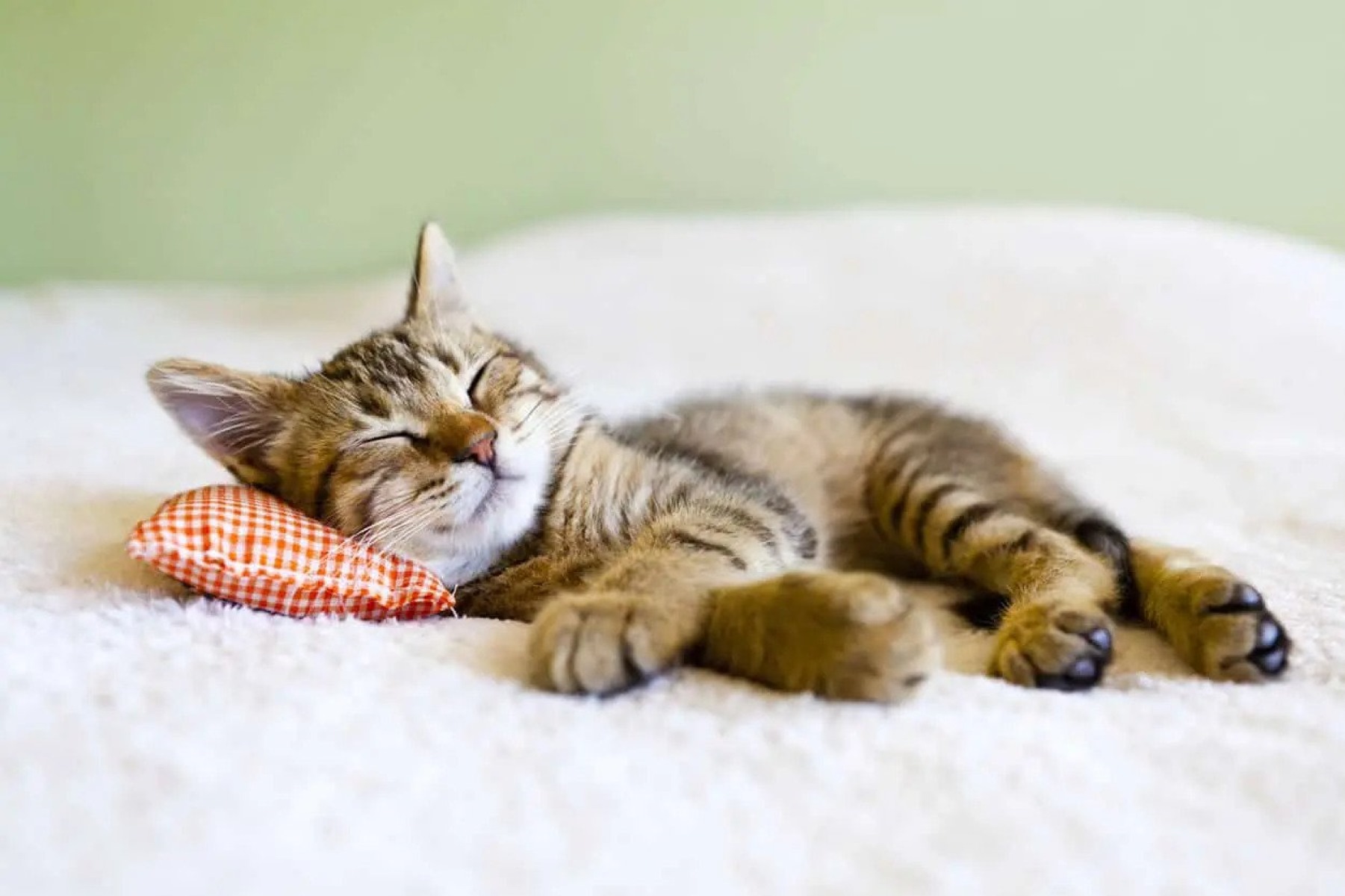
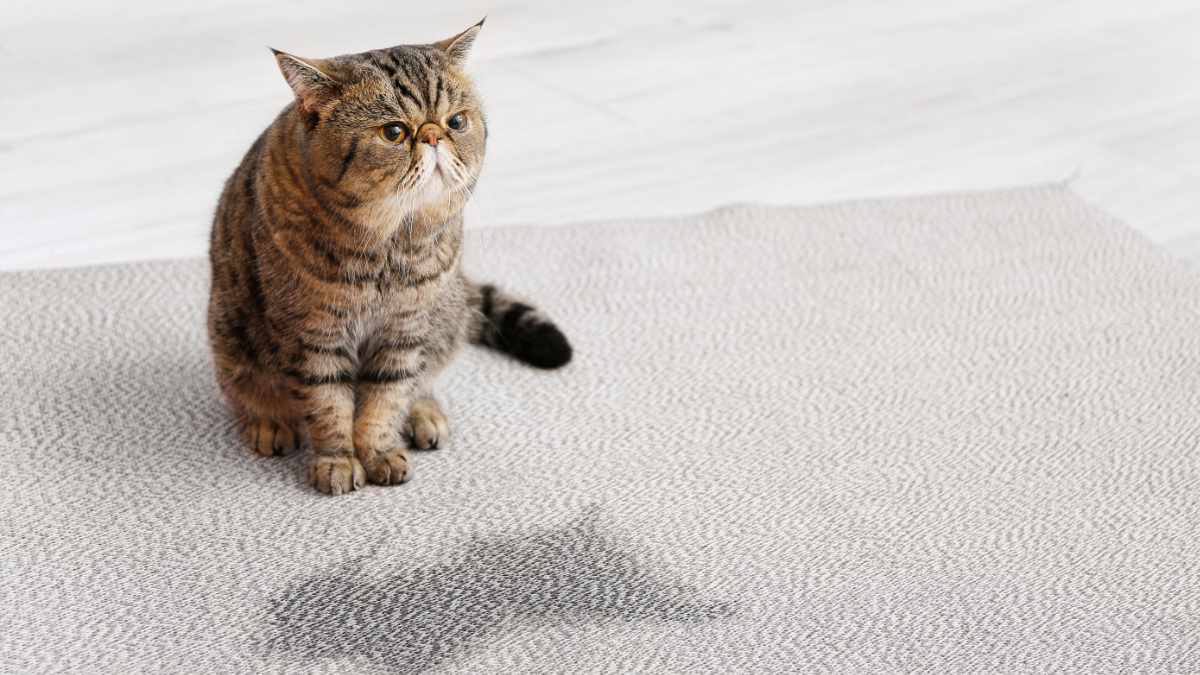
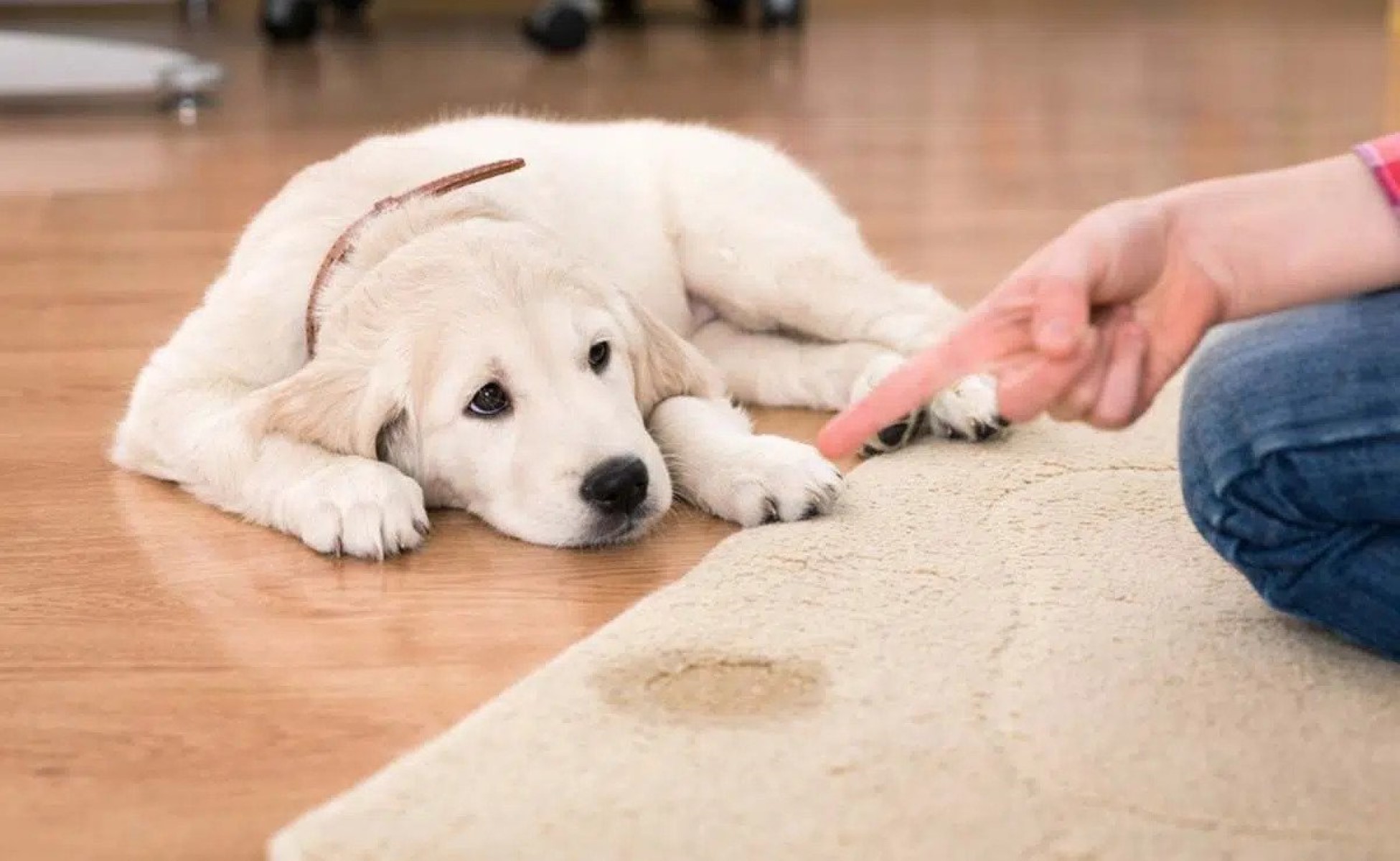
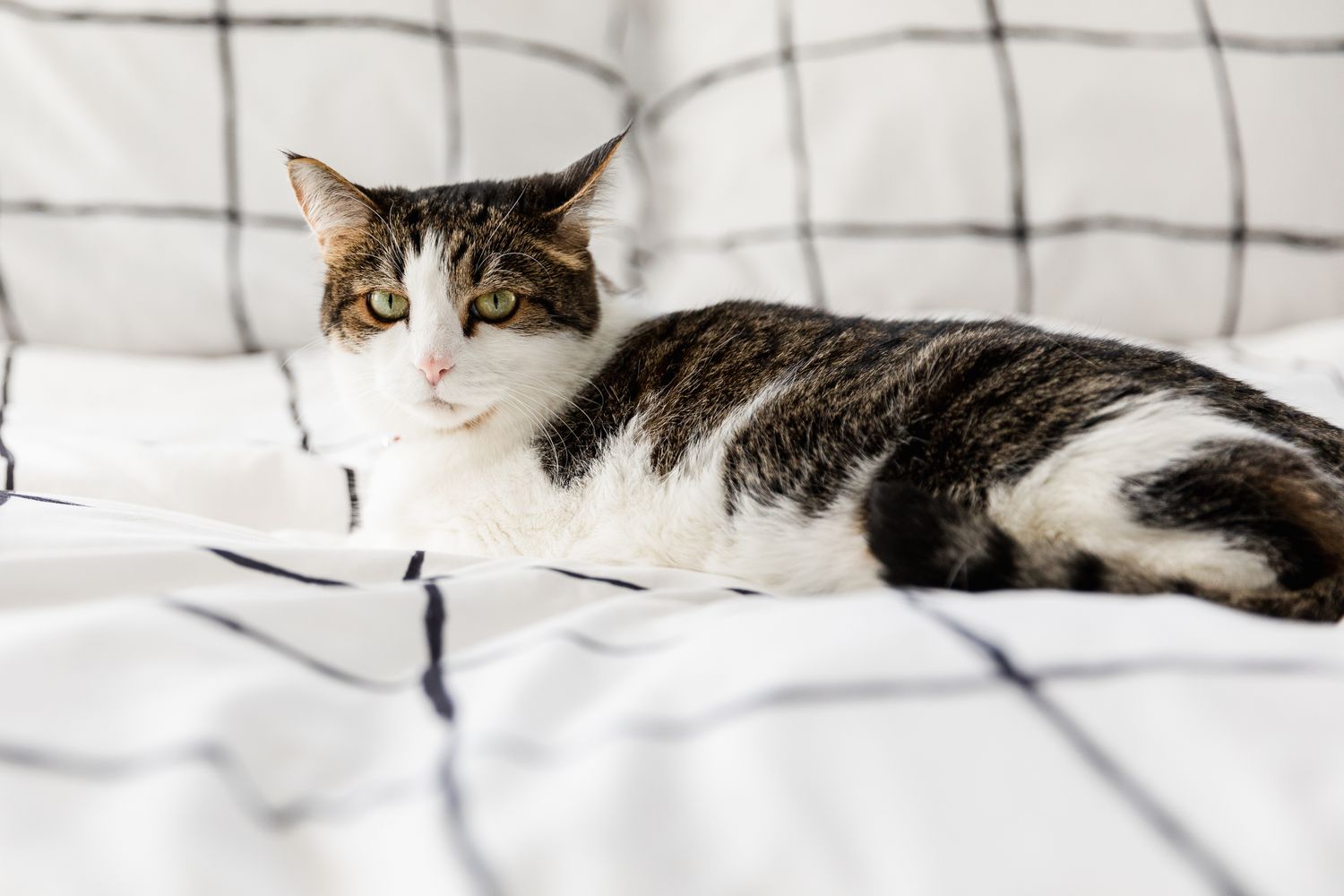
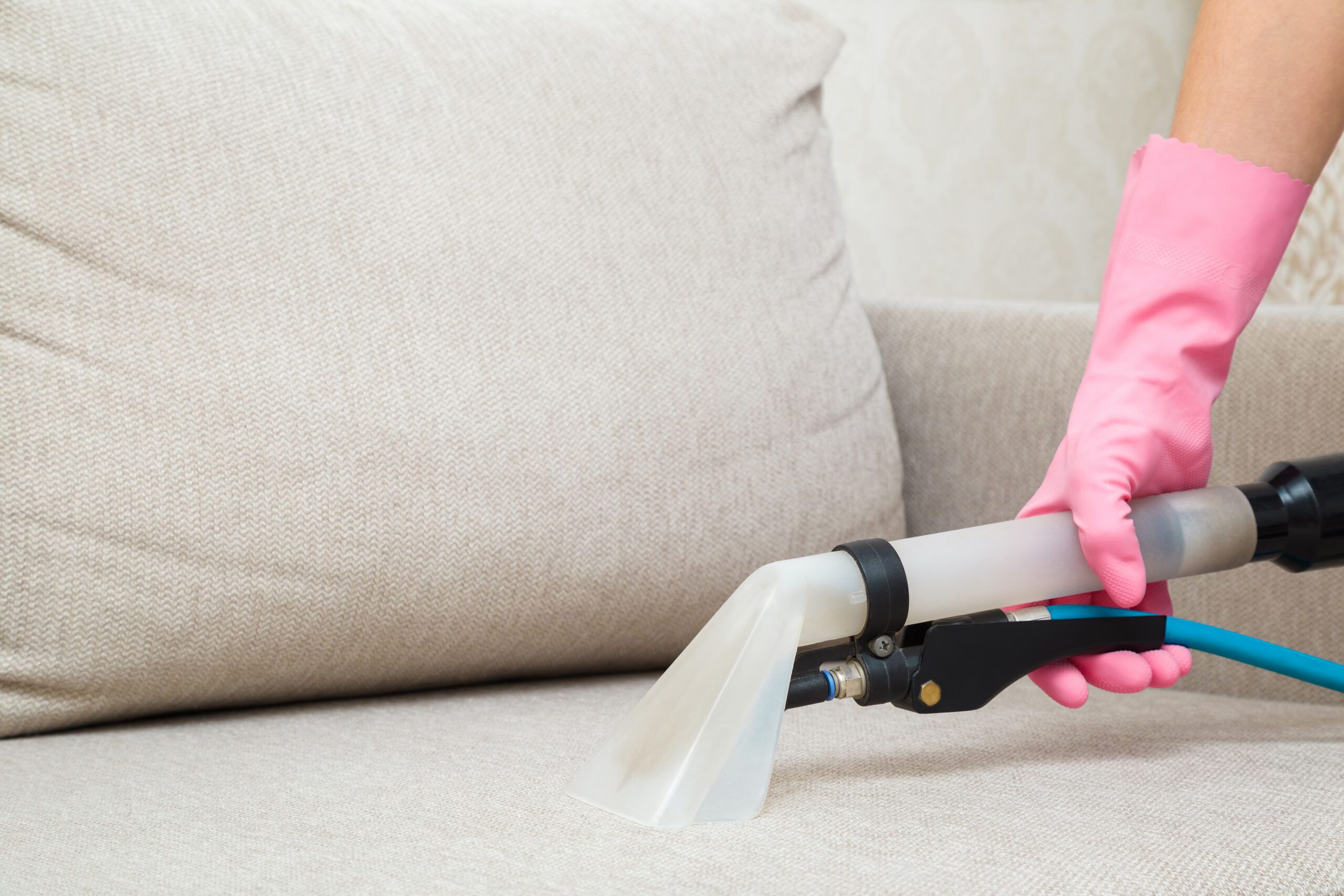

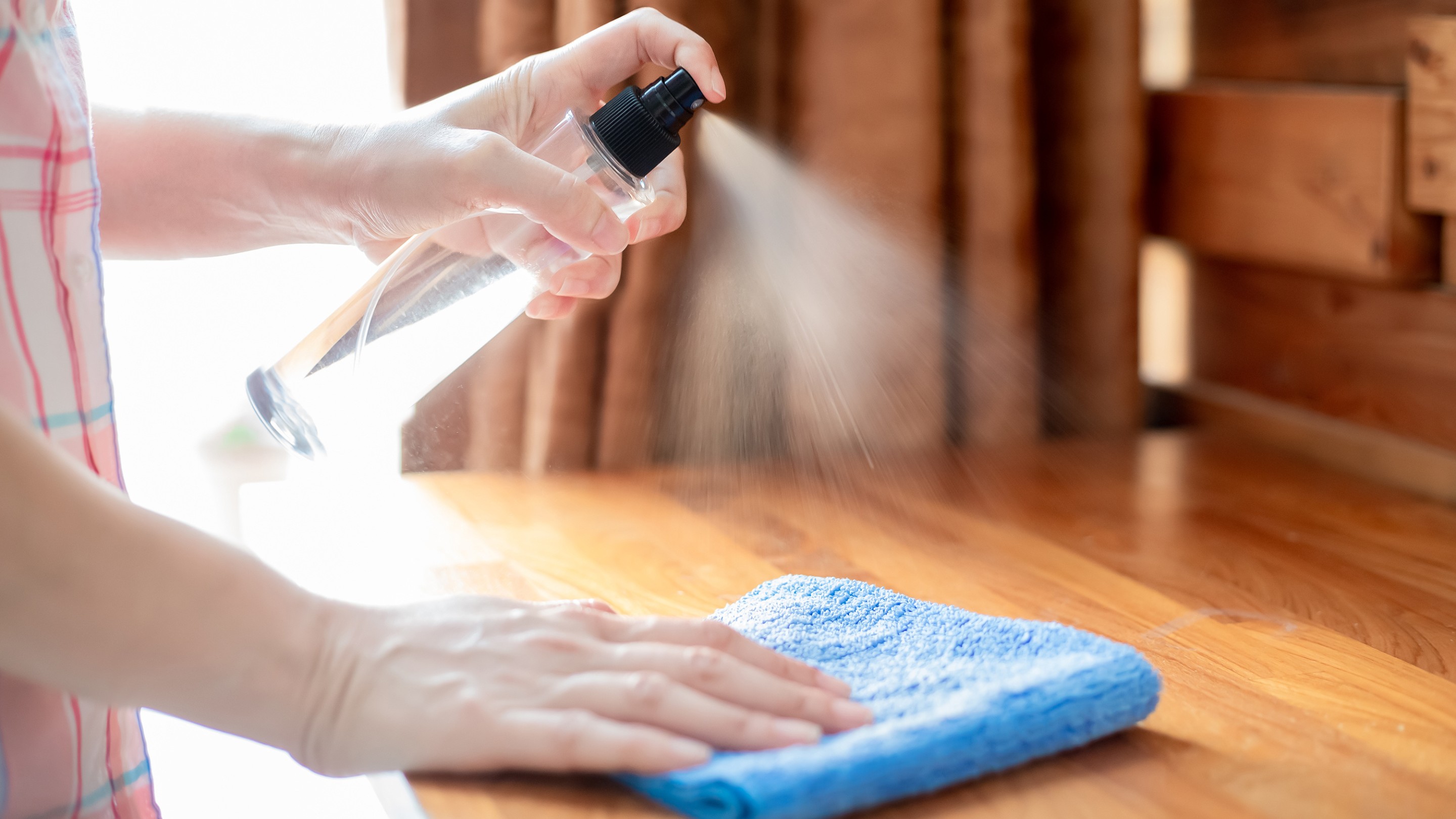
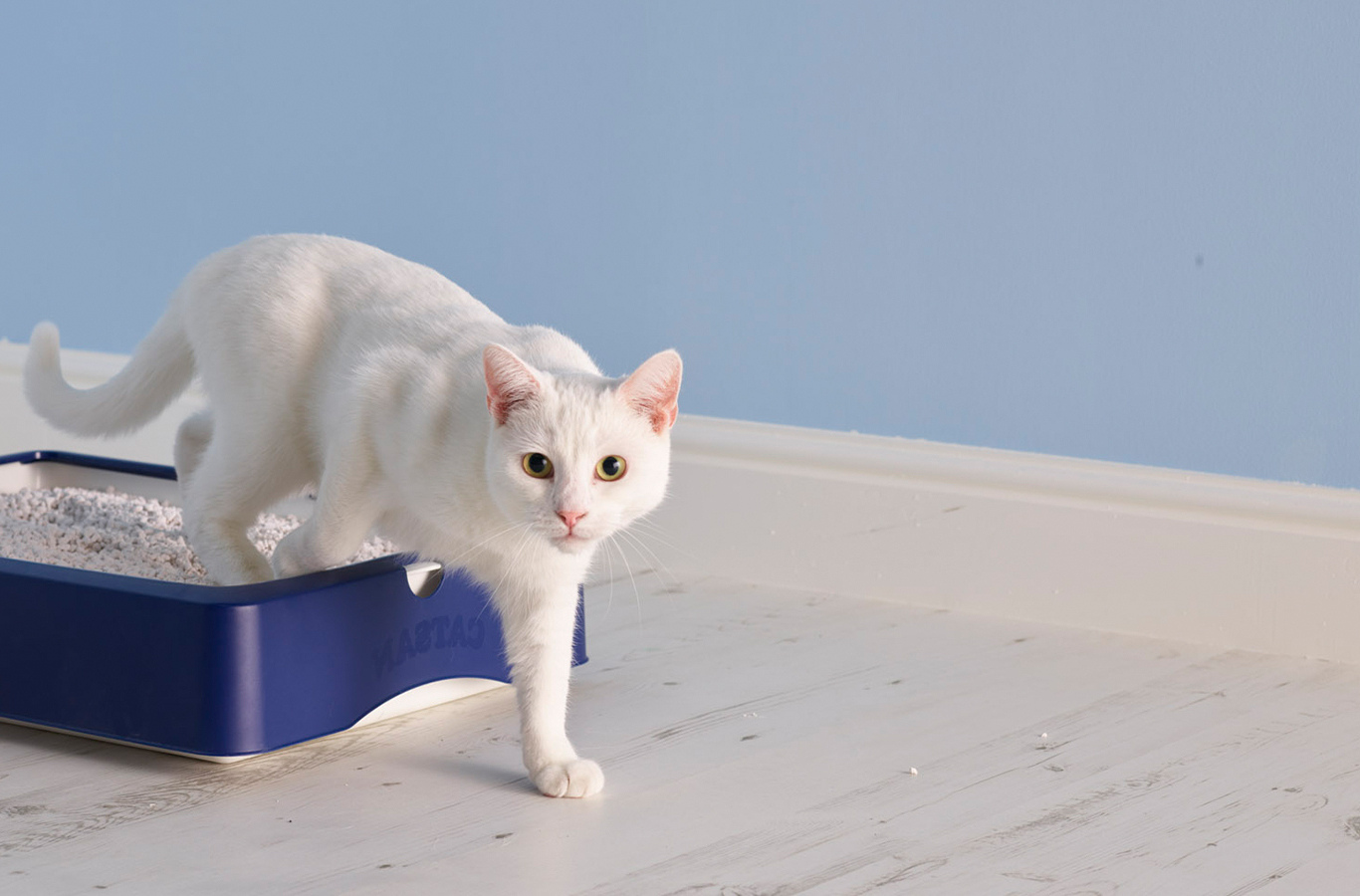
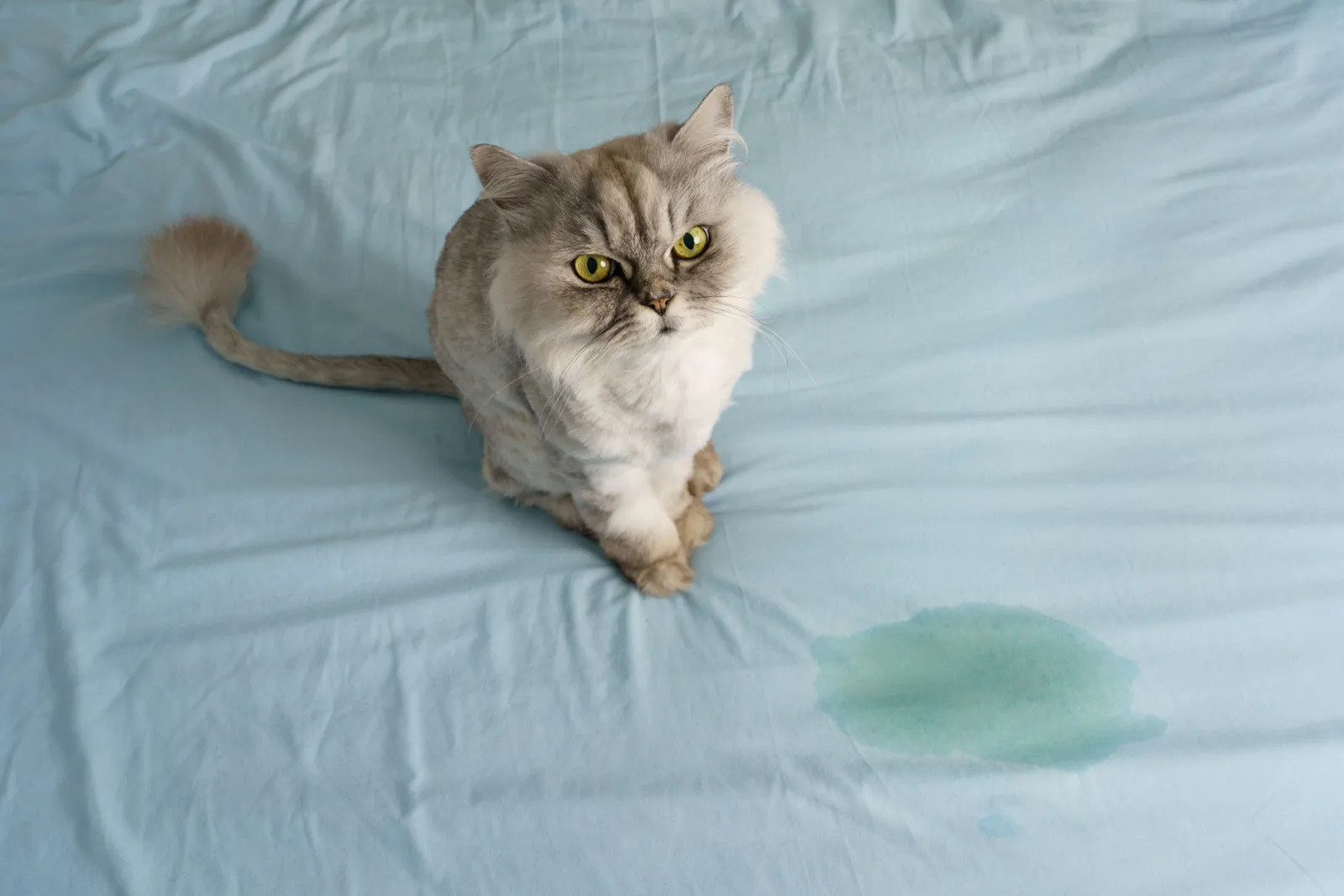

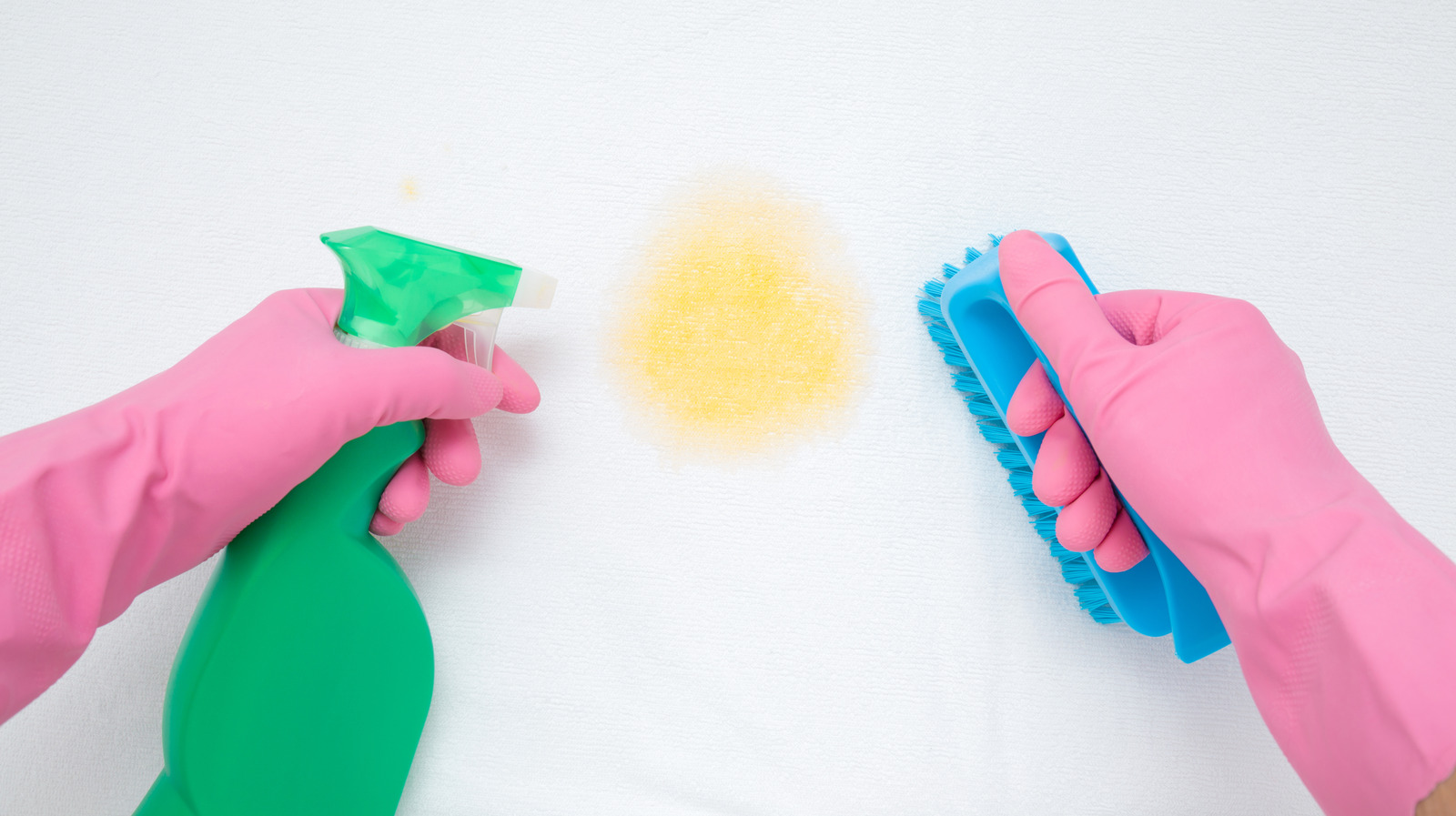
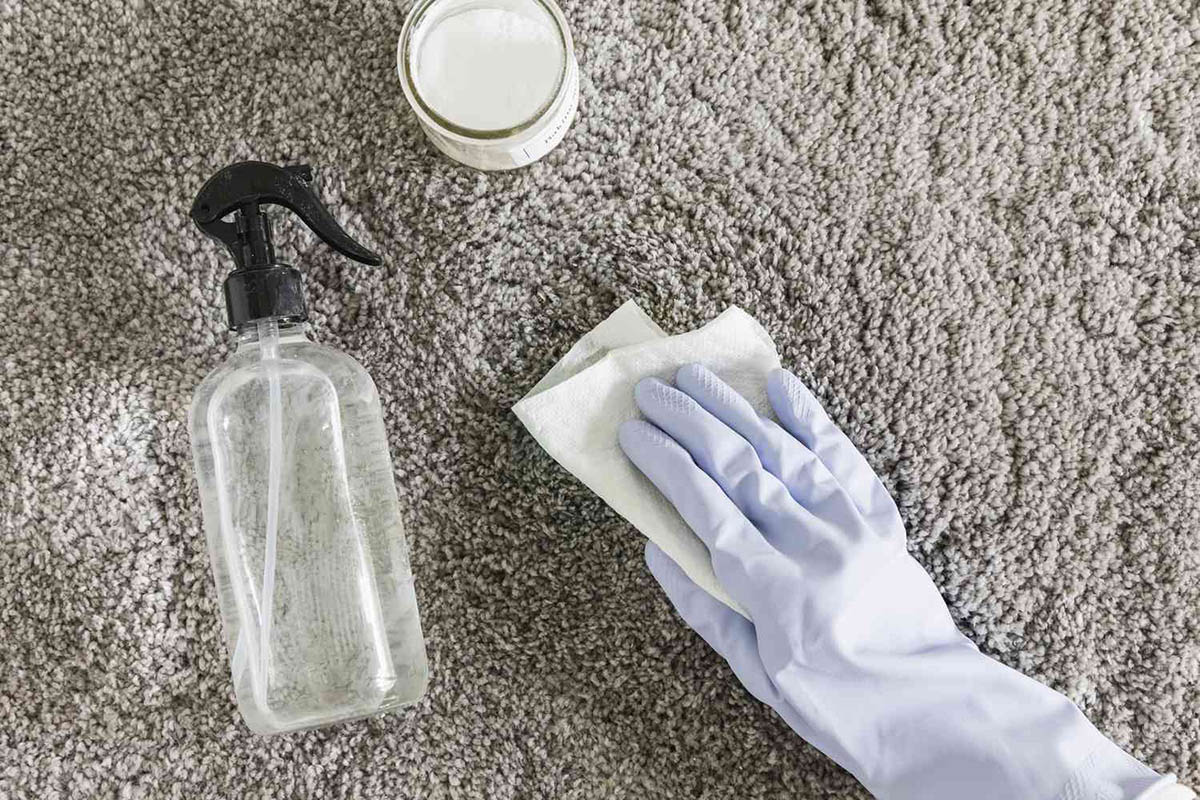

0 thoughts on “How To Get Cat Pee Smell Out Of Furniture”